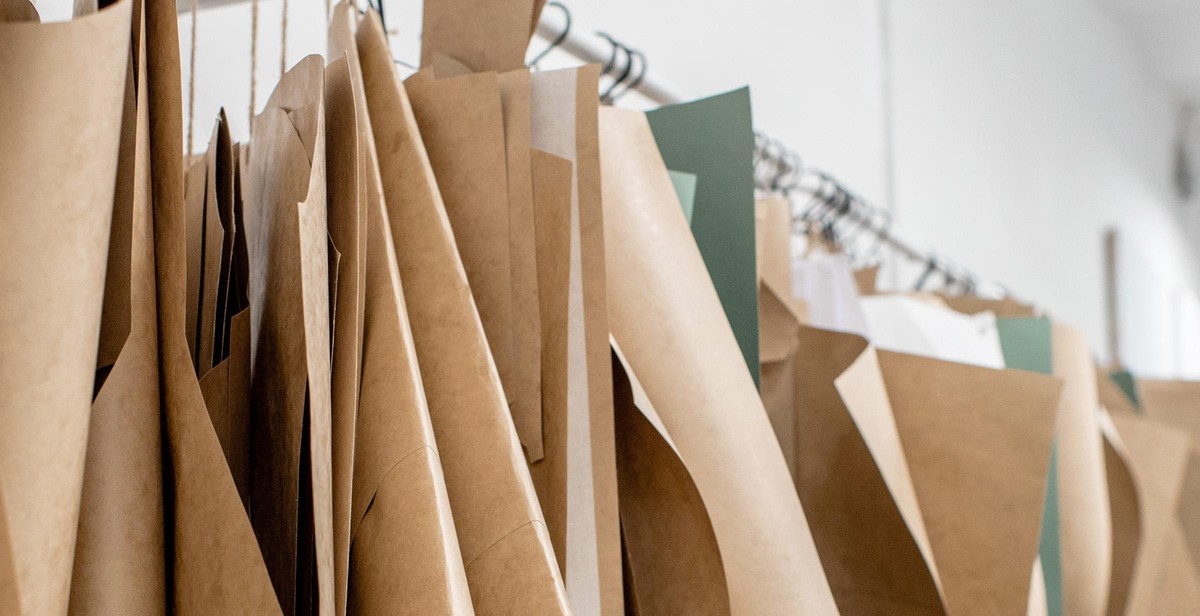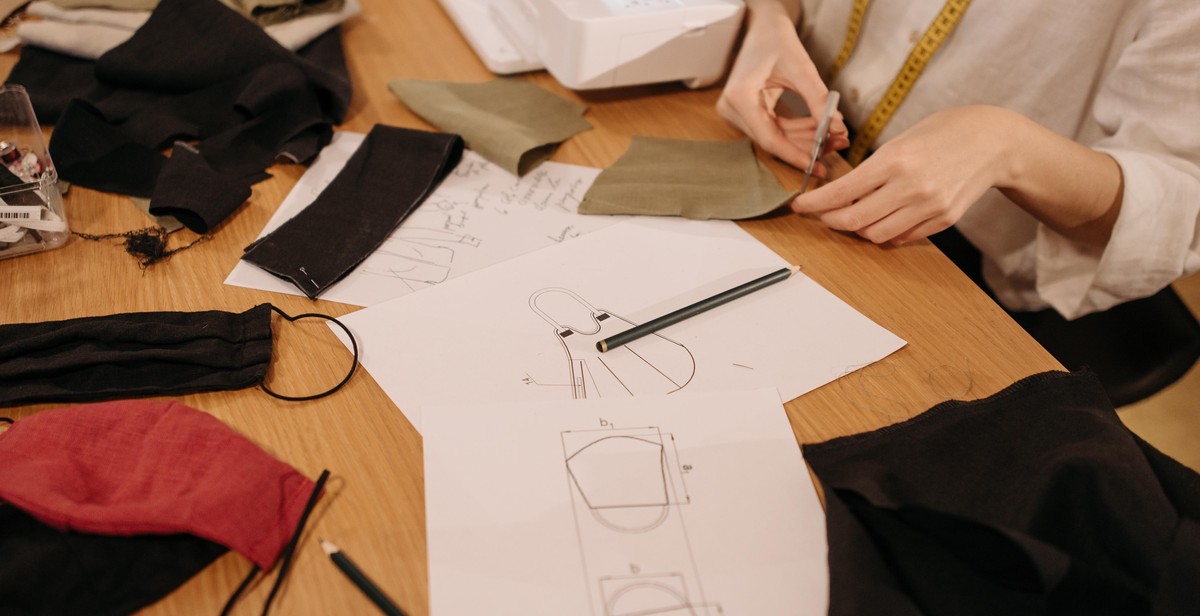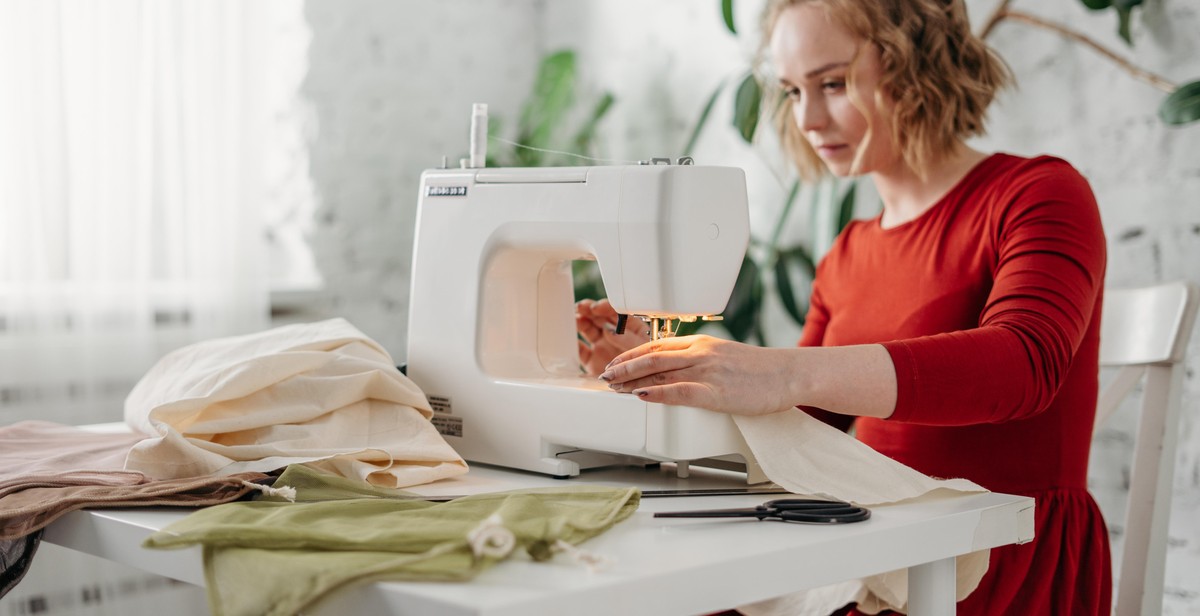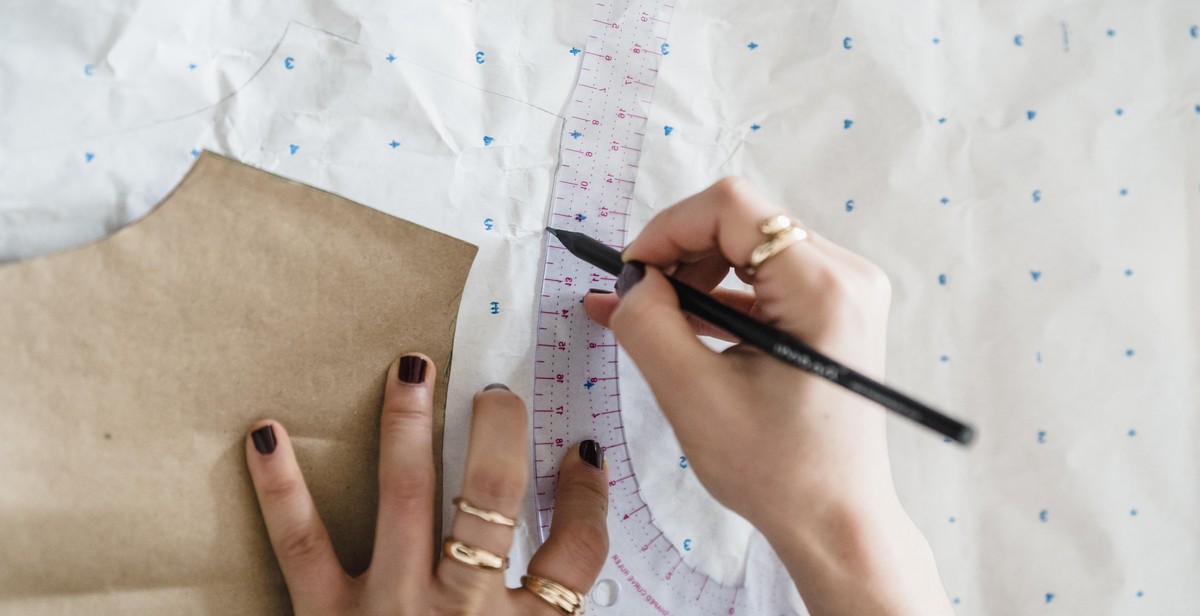How to Sew Your Own Clothing from Patterns
If you are interested in creating your own clothing and want to learn how to sew, using patterns is a great place to start. Sewing your own clothing can be a fun and rewarding experience, allowing you to express your personal style and creativity while also saving money.
Why Use Patterns?
Patterns provide a template to follow when creating clothing, ensuring that each piece is cut and sewn to the correct size and shape. They also offer a wide variety of design options, from simple and classic to trendy and unique. With the right pattern, anyone can create a beautiful and well-fitting garment.
Getting Started
Before you begin, it’s important to choose the right pattern for your skill level and desired style. Look for patterns that are labeled “Easy” or “Beginner” if this is your first time sewing. You’ll also need to select fabric, thread, and any necessary notions such as buttons or zippers.
Once you have your supplies, carefully read and follow the instructions provided with the pattern. Take your time and don’t be afraid to ask for help if you need it. With practice and patience, you’ll soon be able to sew your own beautiful clothing from patterns.

What You Will Need
Before you can start sewing your own clothing from patterns, you will need to gather a few essential tools and materials. Here is a list of what you will need:
Sewing Machine
A sewing machine is an essential tool for any sewing project. Look for a machine that is easy to use and has basic features such as straight and zigzag stitches.
Fabric Scissors
You will need a sharp pair of fabric scissors to cut your fabric accurately. Make sure they are designated for fabric use only and not for cutting paper or other materials.
Tape Measure
A tape measure is essential for taking accurate measurements of your body and your fabric. Look for a tape measure that is at least 60 inches long.
Pins and Needles
You will need pins and needles for holding your fabric in place while you sew. Choose pins that are sharp and long enough to go through multiple layers of fabric. Look for needles that are suitable for the type of fabric you are using.
Thread
Choose a high-quality thread that is suitable for the type of fabric you are using. Look for thread that matches the color of your fabric.
Fabric
You will need fabric for your sewing project. Choose a fabric that is appropriate for the type of garment you are making and that is easy to work with.
Pattern
A pattern is a template that you will use to cut your fabric and sew your garment. Choose a pattern that is suitable for your skill level and that matches the style of garment you want to make.

Choosing the Right Pattern
When it comes to sewing your own clothing from patterns, choosing the right pattern is crucial. Here are some factors to consider when selecting a pattern:
Understanding Pattern Sizes
Patterns come in different sizes, so it’s important to choose the right size for your body. Take accurate measurements of your bust, waist, and hips to determine your size. Pattern sizes may not always correspond to ready-to-wear sizes, so be sure to check the size chart on the pattern envelope before purchasing.
Selecting the Right Fabric
The type of fabric you choose can greatly affect the final look and feel of your garment. Consider the pattern’s recommended fabrics and choose one that suits your needs and skill level. For example, a cotton fabric may be easier to work with than a slippery silk fabric.
Matching the Pattern to Your Skill Level
Patterns are often labeled with a skill level, such as “beginner,” “intermediate,” or “advanced.” It’s important to choose a pattern that matches your skill level and experience. If you’re new to sewing, start with a simple pattern and work your way up to more complex patterns as you gain confidence.
| Pattern Size | Bust | Waist | Hips |
|---|---|---|---|
| 6 | 30.5″ | 23″ | 32.5″ |
| 8 | 31.5″ | 24″ | 33.5″ |
| 10 | 32.5″ | 25″ | 34.5″ |

Preparing Your Fabric
Before you start sewing your own clothing from patterns, it’s important to prepare your fabric properly. This can ensure that your final product looks great and lasts longer.
Washing and Drying
It’s essential to wash and dry your fabric before you start sewing. This removes any dirt, dust, or chemicals that might have been on the fabric from the manufacturing process. It also pre-shrinks the fabric, so you don’t end up with a garment that no longer fits after the first wash.
Tip: Always check the care label on your fabric to see if it’s safe to wash and dry. If you’re unsure, test a small piece of the fabric first.
Ironing and Pressing
Ironing and pressing your fabric is crucial to achieve a professional-looking finish. This helps to remove any wrinkles, creases, or fold lines that might have occurred during washing and drying. It also helps to shape the fabric and prepare it for cutting and sewing.
Tip: Use a press cloth to protect delicate fabrics from the heat of the iron.
Laying Out the Pattern
Once your fabric is prepared, it’s time to lay out the pattern. Make sure you have enough space to work and that your fabric is lying flat and smooth. Follow the pattern instructions carefully to ensure you’re cutting the fabric correctly.
Tip: Use weights or pins to hold the pattern in place while you’re cutting.
| Do | Don’t |
|---|---|
|
|

Cutting the Fabric
Once you have pinned the pattern to the fabric, it’s time to cut the fabric according to the pattern. Here are the steps you need to follow:
- Make sure the fabric is laid out flat on a cutting table or other flat surface. Smooth out any wrinkles or folds so that the fabric is as flat as possible.
- Using fabric scissors, carefully cut around the outline of the pattern pieces. Be sure to follow the lines precisely, as any deviations can affect the fit and drape of the finished garment.
- As you cut each piece, label it with a piece of masking tape or a marker to keep track of which piece is which. This will save you time and confusion later on.
- For pieces that need to be cut on the fold, fold the fabric in half along the designated fold line before cutting.
- For pieces that have a directional print or pattern, make sure to cut them all in the same direction so that the finished garment looks consistent.
- When cutting pieces that require multiple layers of fabric, be sure to cut through all layers at once. This will ensure that the pieces are all the same size and shape.
By following these steps, you can ensure that your fabric is cut accurately and that your finished garment will fit and look as intended.

Sewing Your Garment
Reading the Pattern Instructions
Before you start sewing, it is important to read the pattern instructions carefully. This will help you understand the layout of the pattern pieces, the fabric requirements and the order of construction.
Make sure you also take note of any markings on the pattern pieces, such as notches or dots, as these will help you align the pieces correctly.
Preparing the Sewing Machine
Once you have cut out your pattern pieces, it’s time to prepare your sewing machine. Make sure you have the correct needle and thread for your fabric, and that your machine is threaded correctly.
You may also want to adjust your stitch length and tension to suit your fabric and the type of seam you are sewing.
Sewing the Seams
Now it’s time to start sewing! Begin by pinning your fabric pieces together along the seam line, making sure to match any notches or markings.
Use a straight stitch on your sewing machine to sew the seam, removing the pins as you go. Be sure to backstitch at the beginning and end of your seam to secure the stitches.
Adding the Finishing Touches
Once you have sewn all the seams in your garment, it’s time to add the finishing touches. This might include hemming the bottom of a skirt or dress, adding buttons or a zipper, or attaching any pockets or embellishments.
Refer back to your pattern instructions for guidance on these final steps, and take your time to ensure a neat and professional finish.
| Term | Definition |
|---|---|
| Notch | A small cut or mark on a pattern piece used to align it with another piece |
| Backstitch | A few stitches sewn in reverse at the beginning and end of a seam to secure the stitches |
| Straight Stitch | A basic sewing stitch used to join two pieces of fabric together |

Fitting Your Garment
Trying on your garment is an essential part of the sewing process. A good fit is crucial to ensure that your finished product looks and feels great. Here are some tips for fitting your garment:
1. Try on the Garment
When trying on your garment, make sure you wear the appropriate undergarments and shoes. This will give you a better idea of how the garment will fit when you wear it out.
2. Make Adjustments
If the garment is too tight or too loose, you’ll need to make adjustments. Pinch and pin any excess fabric and try the garment on again to see if the fit has improved. If necessary, make adjustments to the pattern before cutting out your fabric.
Some common adjustments include:
- Shortening or lengthening the hemline
- Taking in or letting out seams
- Adjusting the shoulder width
- Adding or removing darts
Remember to take your time with the fitting process. It may take a few tries to get the perfect fit, but the end result will be worth it.

Conclusion
Learning how to sew your own clothing from patterns is a fulfilling and rewarding experience. Not only do you get to express your creativity and personal style, but you also have the satisfaction of wearing a piece of clothing that you made yourself.
Starting with the basics of sewing, such as choosing the right fabric and understanding pattern instructions, will help you build a strong foundation for your skills. As you progress, you can experiment with different fabrics, patterns, and techniques to create unique and personalized pieces.
One of the great things about sewing your own clothing is that you can tailor it to fit your body perfectly. This is especially important for those who struggle to find clothing that fits well in stores. With a little practice, you can easily adjust patterns to fit your measurements and preferences.
Remember to take your time, be patient, and don’t be afraid to make mistakes. Sewing is a skill that takes time and practice to master, but the end result is worth it. With these tips and techniques, you can confidently start sewing your own clothing from patterns and enjoy the process along the way.
Additional Resources
- Seamwork Magazine – A great resource for sewing patterns and tutorials.
- Professor Pincushion – A YouTube channel with a variety of sewing tutorials.
- Craftsy – An online platform with sewing classes and patterns.
With these resources and your own creativity, you can sew beautiful and unique clothing that reflects your personal style and fits you perfectly.
